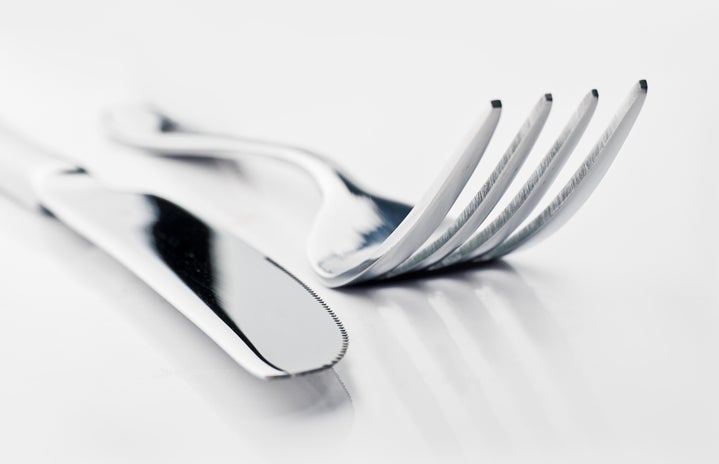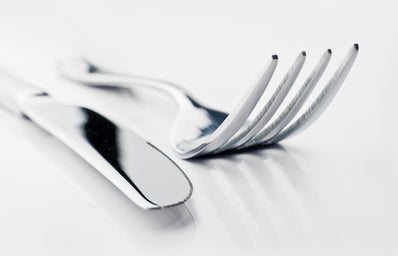Now that fall is in full swing, it’s time for all of the best goodies this season has to offer: pumpkin spice everything, apple cider donuts, and, the ever-popular cheeseboard. So, we’re going to walk you through how to make the perfect rendition for your next girl’s night, movie date, or whatever occasion since a cheeseboard is always appropriate.
The Prep Work:
There are a couple of key ingredients to making the perfect cheese plate. For starters, you need at least two types of cheese: a hard and soft cheese. This provides a variety of textures, plus one cheese is boring. A rookie mistake is to get only one type of cracker. But, different cheeses have different flavors, so you need a cracker that matches the flavor profile of the cheese. Once you have your crackers and cheese down (the necessities), it’s time to add the extras.
Photo Credit: Alexis Gomes
We think that the triple creme brie from Trader Joe’s is best paired with prosciutto, extra virgin olive oil, and brioche toasts. While the cheese is a bit expensive, you should have olive oil lying around and the brioche toasts at Trader Joe’s retail for $1.99.
Photo Credit: Alexis Gomes
For the hard cheese, really any will do, but the Pita Bite crackers provide the perfect crunch and complete most hard cheeses. We picked a regular favorite, the Trader Joe’s Toscano Cheese with Black Pepper.
Photo Credit: Alexis Gomes
If you are also under the age of 21 (like Lea and me) we recommend getting a fun beverage to accompany your cheese plate. We picked sparkling water, partly because it makes us feel fancy and partly because it is delicious.
The Execution:
Now comes the fun part, making the cheese plate! We don’t care what anyone says, making a cheese plate is fun. Another common mistake is to try to fit all the ingredients on one plate. While this may work if you have a very large plate, we tend to split it up.
We like to put the two types of crackers on one plate, and the cheese and prosciutto on the other plate. Although the full amount of cheese is pictured here. Defintaley cut of a little to start and then feel free to get more cheese if needed. One, this allows clean up to be significantly easier, and two, it helps you limit the amount of cheese you eat, because if you are anything like us, no amount of brie is too much brie.
Photo Credit: Alexis Gomes
The Clean-Up:
This part is relatively simple, but there are some key things to note. Make sure to wrap the cheeses separately. It is best to wrap cheeses in wax paper, but I know the typical college student does not have that lying around, so a plastic bag (or even better a container, because we love Mother Earth) would be sufficient. The prosciutto can stay in its package, and any additional crackers can be put back in their original packaging as well.
You will most likely have leftovers, so when you need to de-stress later in the week, you will have all the ingredients for a cheese plate ready to go! Making a cheese plate is one of the ultimate forms of self-care, and now you have all the information to be a successful cheese plate connoisseur.
Want to keep up with HCBU? Make sure to like us on Facebook, follow us on Instagram, check out our Pinterest board, and read our latest Tweets!




